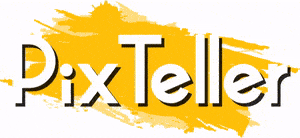How to Choose the Right Software for Your Design Business
Before the digital revolution came along, an aspiring designer might agonize over the art materials they should buy. Which paints would work best for them? What brushes would last them the longest? Which type of pen would suit their stylistic preferences? Aside from that, it would all come down to their talent and dedication.
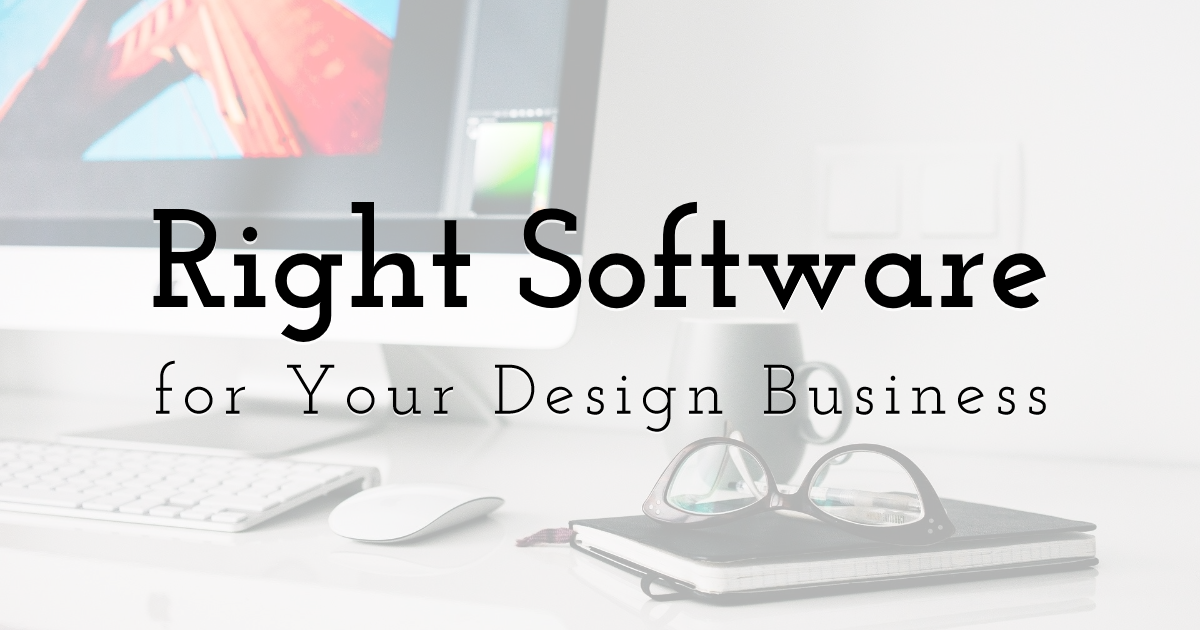
Design your own images and animations
with PixTeller
free photo editor & online animation maker.
Things have changed so much since computers became mainstream. Today, all the world's artistic talent won't get you very far if you don't know how to use modern tech to your advantage. Even freehand artists can only achieve so much without turning to touchscreen devices to speed things along: after all, the digital production process is exponentially more convenient, flexible, and powerful.
The hardware isn't so tough to choose, though, as there are relatively few options. It's the software that can cause you a lot of headaches. So many viable routes to take, each with its strengths and weaknesses.
How can you choose? Well, in this post, we're going to set out some core advice for selecting the right software for a design business. Let's get started:
Spend Only as Much as You Need To

The first thing to consider is that you don't need to spend heavily on the kinds of software suites the most prominent global brands typically invest in. It can be justified, but it isn't always. Take something like Adobe Creative Cloud, for instance. It can be a smart choice if you have broad requirements, but plenty of people pay for it but never take full advantage of its power.
If you're looking to edit images and animations with minimal resource gathering, there's little sense in paying a large monthly sum for a service that doesn't precisely meet your needs. That's where something like PixTeller Editor becomes so valuable. If its various functions suit your needs exactly, you can spend less than you would otherwise and get more value in return.
Here's the takeaway: before you commit to a software investment, investigate to see if there's something cheaper and more closely aligned with your needs. There may well be.
Consult a Cloud Solution Distributor
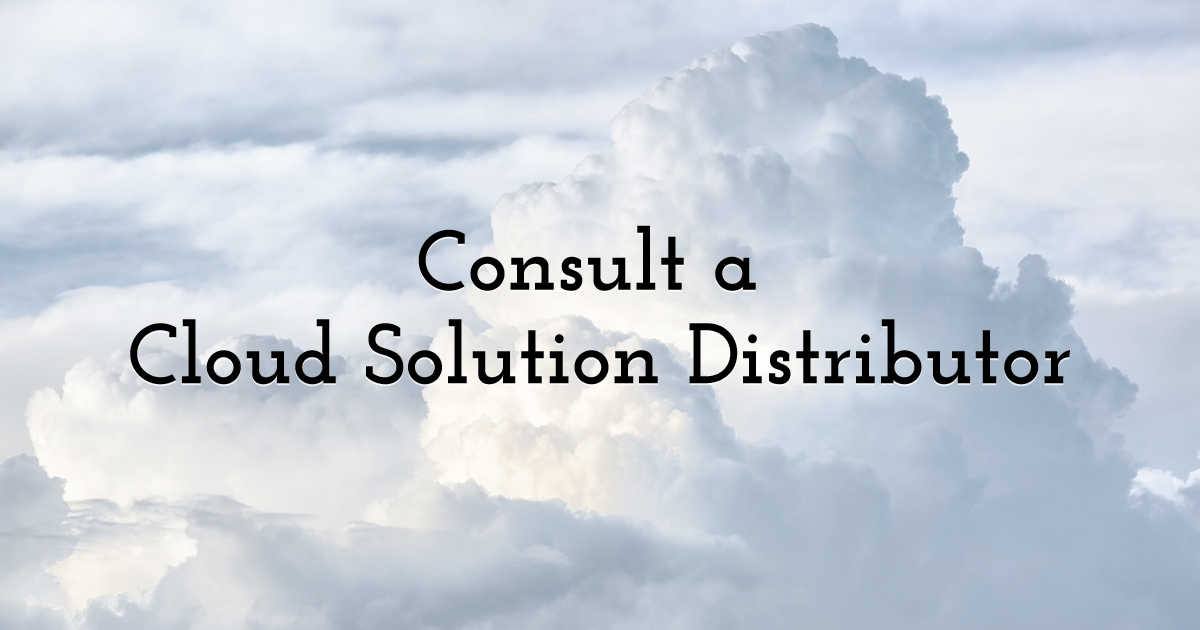
So much of the design software world has moved into the SaaS sphere, meaning you don't make one-time payments to receive software copies: instead, you license the software you need, and only for as long as you need it. This can be done manually on a case-by-case basis, but it's often easier and cheaper to go through a cloud solution distributor.
This business serves as a go-between of sorts, negotiating cheaper rates with software developers and offering them more cheaply to end-users. Take INTY, a Scan Source Company, as an example: because it has an established relationship with Microsoft, it can offer fantastic rates on Microsoft cloud solutions.
If you can find a cloud solution distributor that concentrates on the software licenses you want, you might be able to save money and get some good support. If you can't, then you can at least get some useful advice on the latest releases.Review Your Employees' Existing Skills

Training someone to use a new piece of software takes time: and the more complicated the software is, the longer it'll take. Accordingly, if you hire people with experience using a free tool like PixTeller, and expect them to start using Photoshop, you'll need to invest time and resources in getting them comfortable with the change.
Of course, the alternative in that scenario will be to let people use the tools they already prefer. This may be cheaper (as with PixTeller) but result in productivity issues. It may be more expensive, requiring you to pay for a tool that's outperformed by something cheaper. Regardless, you need to know what skills people already have.
And if you're the only employee in your business, then think about whether it's in your best interest to protect your existing skills or start the process of moving to more modern tools.
Think Carefully About Brand Records

Software developers vary wildly in more than product quality, and this is something you need to think about when you're trying to choose the software for your design business. There are so many tools out there online that you can quickly happen upon a niche tool that seems perfect for something you're trying to do - but will the developer be communicative online? More importantly, can you rely on the tool getting updates in the future?
When it's the software you can download, that might not be such a problem, but it's a problem when you're dealing with SaaS. Suppose the interface doesn't improve or gets worse over time due to developer laziness or incompetence. In that case, you'll have two options: accept the situation and try to make the best of it, or abandon the software (along with all the skills you acquired for it) and move to something else.
If you choose well (investing in software backed by competent and enthusiastic developers), you'll be able to relax somewhat, knowing that the skills you're honing over time will probably continue to serve you well for years to come.
Until next time, Be creative! - Pix'sTory made by Rodney Law
Recommended posts
-

7 Best Chrome Extensions for Web Designers
Read More › -
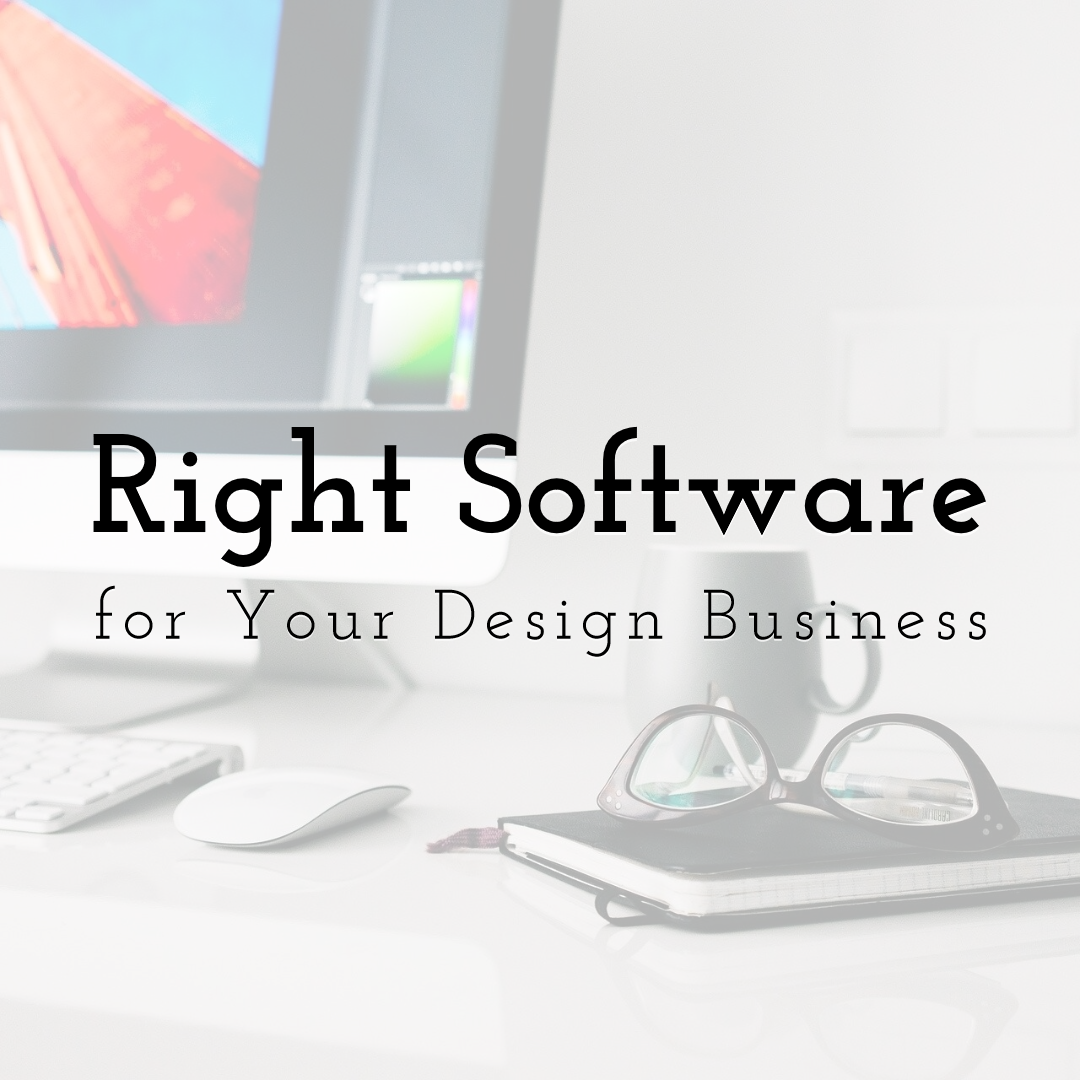
How to Choose the Right Software for Your Design Business
Read More › -

10 Timeless Web Design Trends
Read More › -

5 Social Media Marketing Tips for Your Career
Read More › -
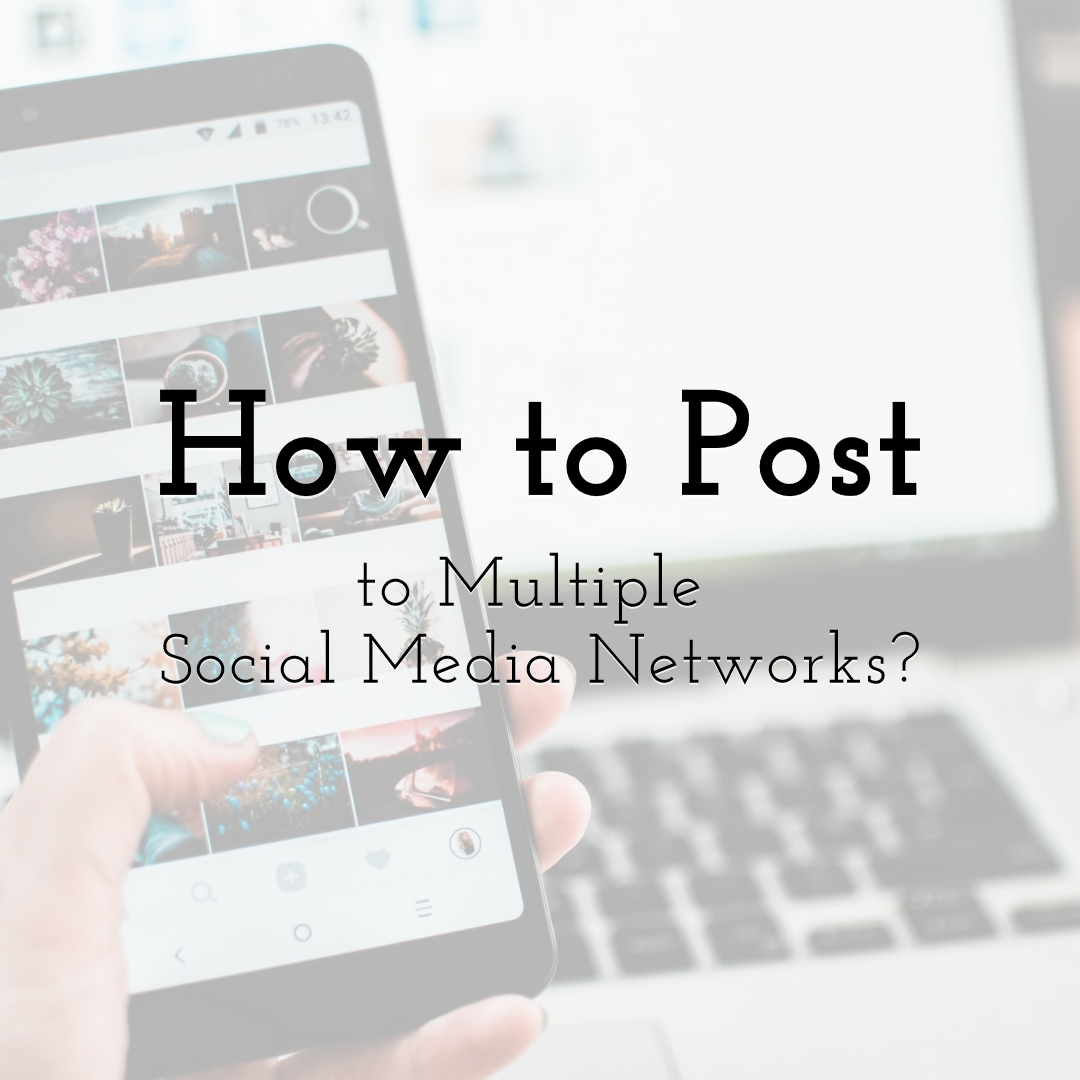
How to Post to Multiple Social Media Networks?
Read More › -

Top Website Design Tools to Create the Perfect Site
Read More ›
